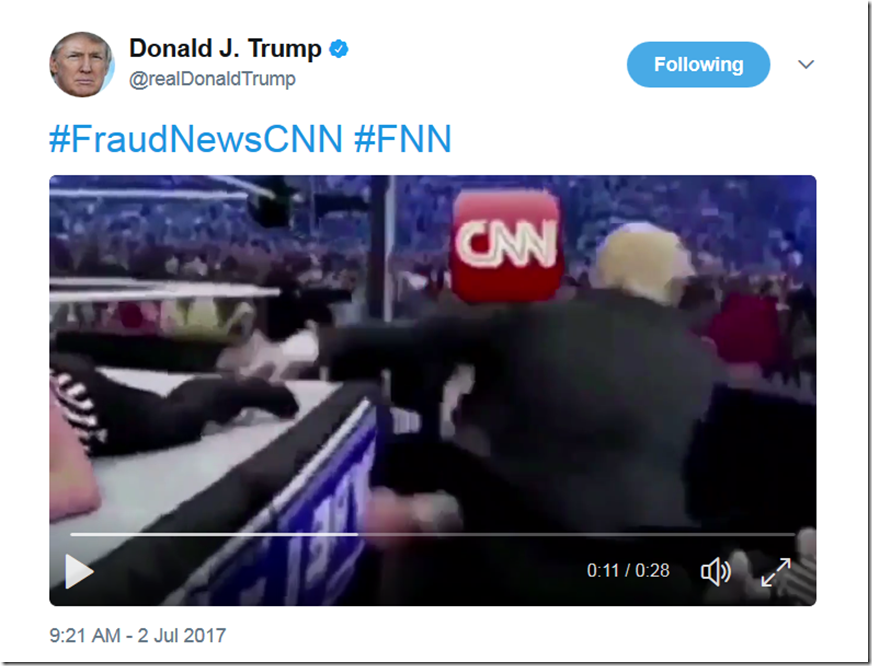Why You Shouldn't Trust "Man On The Street" Interviews
When I worked for CNN, I occasionally went into the streets of Washington, D.C. to interview “real people” about a topic in the news.
Those interviews—known within newsrooms as an M.O.S. (“man on the street”) or a “vox pop” (derived from the Latin “voice of the people”)—always struck me as problematic.
If we interviewed 20 people about a specific topic, we might have encountered 14 people with a “for” position and 6 with an “against” viewpoint. But when we edited the interviews, we might have had time to air quotes from only two of the people—so for purposes of “balance,” we’d air one of each, as if that 50/50 ratio represented the views we encountered.
That’s an inherent problem with the M.O.S. Time and space restrictions prevent every comment from being aired or printed, so they have to be condensed. Some journalists are better than others about disclosing the overall sentiment of opinions they encountered—and even if they do, that sentiment doesn’t mean much, since M.O.S. interviews only represent a specific place and time (M.O.S. interviews shot on Wall Street would likely yield different results than ones shot at a homeless shelter).
I’m far from the only person skeptical of the technique. In fact, some of the journalists I worked with referred to the M.O.S. under a different, more jaded name: Any Available Assholes, or A.A.A.s. Although flip, it really did seem to capture the essence of the assignment.
Stephen Colbert recently mocked Fox News correspondent Jesse Watters, who occasionally uses the M.O.S. technique to make his subjects look uninformed. Here’s Watters’ technique:
And Colbert’s hilarious response:
For all of these reasons, both silly and serious, I recommend viewing M.O.S. interviews with great skepticism—unless reporters disclose their broader findings.
What do you think? Please leave your thoughts in the comments section below.



Hi Brad!
As a former CNNer, who fondly remembers the “Triple A’s” – but unfondly remembers having to do them – I loved this blog.
I’m off to Nigeria in June to conduct a series of media and communications trainings – for business executives and journalists and will now remember to comment about the perils of MOS’s for my journalist participants. Thanks!
Take good care,
Hi Gina,
So nice to hear from a fellow former CNN’er! Thank you for your lovely comment.
I wasn’t sure how pervasive the “Triple A’s” were within CNN, but from your comment, it sounds like it existed network-wide. It’s a crass name, sure, but it did accurately describe the nature of the assignment.
Safe travels to Nigeria, and good luck with your workshop. It sounds fascinating!
Thanks for reading,
Brad
The “False Balance” problem is not just present in MOS editing. It’s true all over the place in televised issue debates. Here’s a good take and a humorous clip from John Oliver’s new show on this problem as applied to the climate change debate: http://thinkprogress.org/climate/2014/05/12/3436771/john-oliver-climate-change-debate/
Ken,
You’re absolutely right.
The most notorious example I can think of is when C-SPAN decided to “balance” a Holocaust survivor’s story by hosting a Holocaust denier. They mercifully changed their mind before the segment aired. http://www.washingtonpost.com/wp-dyn/articles/A35346-2005Mar14.html
Thanks for the John Oliver clip – you’ve given me some fun TV watching for tonight.
Brad
I hate those. I just don’t understand the point of giving broadcast time to a random person who likely has very little actual information on an issue. Why not devote that time to a more pointed examination of the issue. False balance makes me crazy in media reporting too.
Leslie,
Great point. With limited time, why not shed more light on the issue instead of turning over the microphone to an (often) uninformed person with an (often) unenlightening opinion?
Thanks for reading and commenting,
Brad
Serious message, but fun to watch. Brightened my evening – thanks!
Glad you enjoyed it, Kathleen. Thanks for reading the blog!
Brad